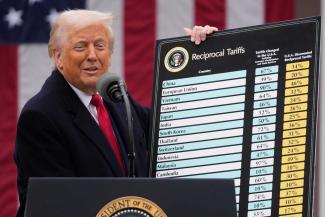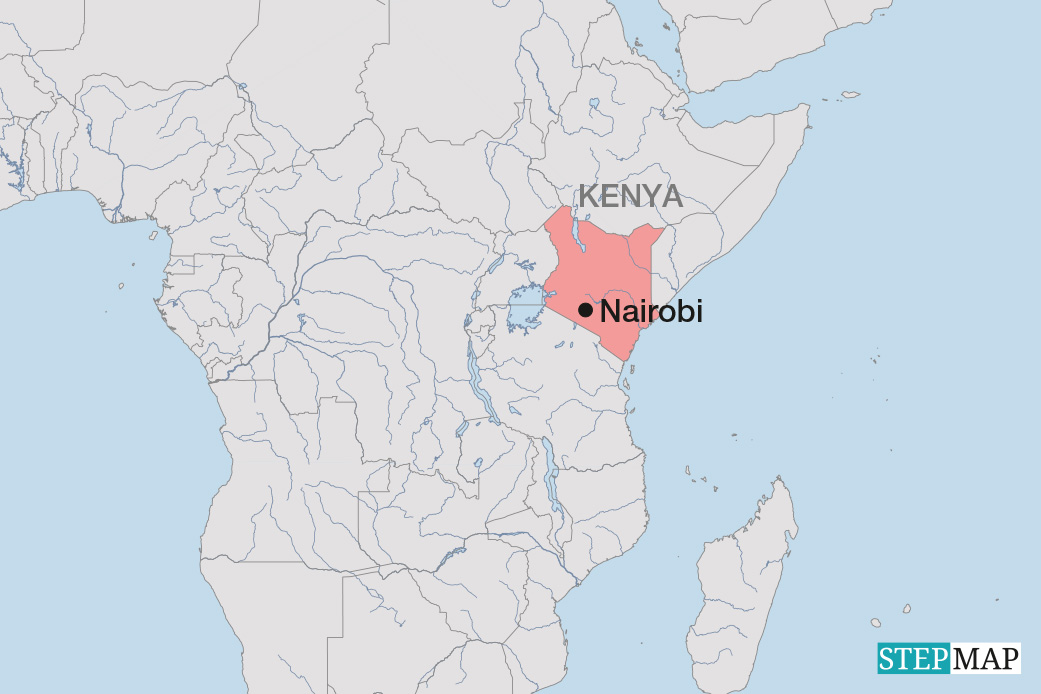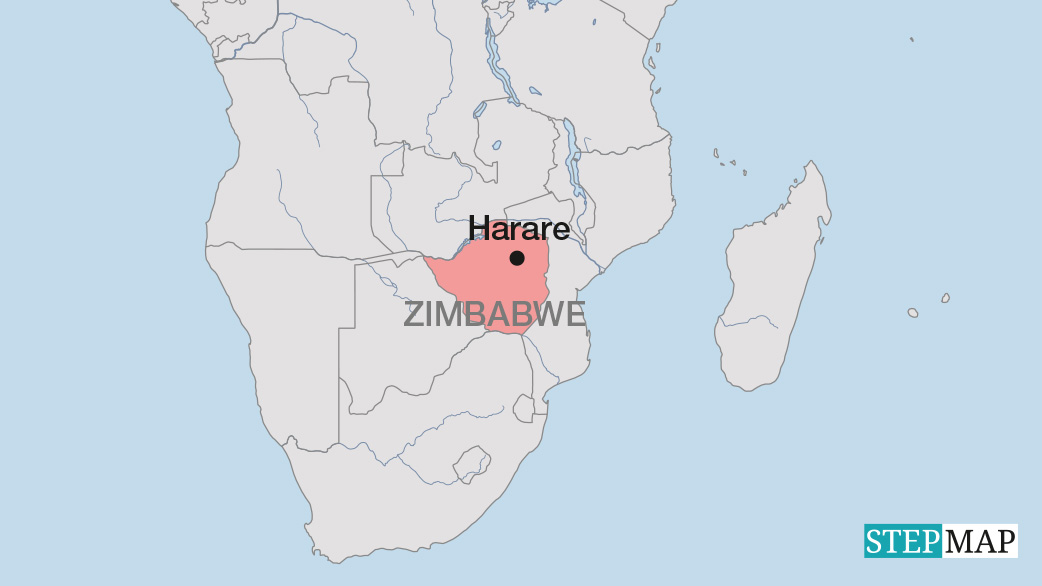World trade
US tariffs will aggravate economic crises in the Global South

For the last few months, starting in March 2025, the US president’s “tariff wars” have been among the most discussed issues in the global media. The essential claim made by Donald Trump is that the rest of world has reaped huge advantages from the US for decades due to the prevailing global tariff regime, which has been ostensibly “very unfair” to the country and has weakened the US economy in serious ways.
Until 2024, the US had been the world’s largest import market for almost two decades; on average, it imposed tariffs of two to three percent on imports from other countries. This has changed dramatically in recent months.
Why is Donald Trump introducing tariffs like this?
Recall that the US president declared 2 April “Liberation Day” when he announced new tariff rates for more than a hundred countries exporting to the US, including those in the European Union. Subsequently, there have been significant adjustments in tariff rates for several countries, which has caused chaos and uncertainty.
It is eminently clear that Donald Trump and his administration are effectively weaponising tariffs for a variety of reasons, which include:
- reclaiming at least some of the space the US has lost in the real economy, partly due to the weakening of its manufacturing sector,
- undermining the BRICS bloc, which is viewed as a threat,
- enforcing the unilateral economic sanctions imposed on Russia and preventing other countries from continuing to trade with Russia,
- “teaching” several countries “lessons” for their “lack of loyalty” to the US in particular and the Global North in general.
However, it is worth noting that none of these motives have led the US to treat different countries consistently. For example, since Russia’s invasion of Ukraine, China and the EU have imported more from Russia than India has. But India has been targeted with a “penalty” of 25 % tariffs – allegedly for its oil trade with Russia – on top of the 25 % that had been announced in April. After the US had first imposed an astonishingly high tariff rate of 145 % on China on 9 April, it brought the rate down to 30 % on 11 August – less than one-fifth of the original figure.
Even Trump cannot ignore China’s market power
It is well known that in recent decades, China’s economy has been growing stronger and stronger. It has been called the “factory of the world” thanks to its impressive infrastructure, huge economy of scale and cutting-edge technological capabilities. According to data from the World Bank’s World Integrated Trade Solution (WITS), China accounted for almost a quarter (24.9 %) of the total global exports in machine and electrical equipment in 2022, way ahead of the US share of seven percent. It had a 36.3 % share of global textiles and clothing exports. India, the other much-talked-about emerging economic power, had barely a 0.9 % share in machine and electrical equipment, and a 4.4 % share in textiles and clothing.
The simple message is that China has a massive, almost unassailable advantage in several industries. Even more importantly, it has a very powerful grip on the contemporary global production system in several sectors and control over several critical resources. All of this may have led the Trump administration to rethink its strategy, which resulted in the aforementioned huge decrease in the tariff rate between April and August 2025.
US tariffs will aggravate economic crises in the Global South
For a few other countries, too, the initial threats of high tariffs have been toned down by the Trump administration during the same period. These include Vietnam, Thailand, Bangladesh, and Pakistan. So far, the high tariff rates have either already been lowered or postponed to allow for negotiations. However, for a majority of the countries in the Global South, any increase in tariffs is going to hurt, especially in the poorest countries.
Finally, the global economic system has been hit by the 2008 financial crisis, and it has not yet truly recovered. There has been uneven global growth, increased government debt, and even advanced economies are experiencing a growth slowdown.
Increases in the US tariffs at the current juncture, ostensibly to improve its own economic situation, may well accentuate the crisis for the rest of the world, especially in the absence of substantial increases in spending by the respective governments to boost demand and cushion the impact.
Many countries in the Global South depend on the US market. Some of these countries can only compete because of their low production costs. Each of them may be forced to squeeze wages further and pursue what is known among economists as a “beggar-thy-neighbour” policy, which involves trying to maximise their trade surplus. This could be done by devaluing their national currency, limiting imports and promoting exports.
In the process, due to increased US tariffs, American output and employment may witness some increase, but it would be accompanied by reduced imports from the rest of the world. This will further aggravate the economic difficulties many countries in the Global South face. In short, there is a lot at stake.
Praveen Jha is a professor of economics at Jawaharlal Nehru University in New Delhi.
praveenjha2005@gmail.com

















